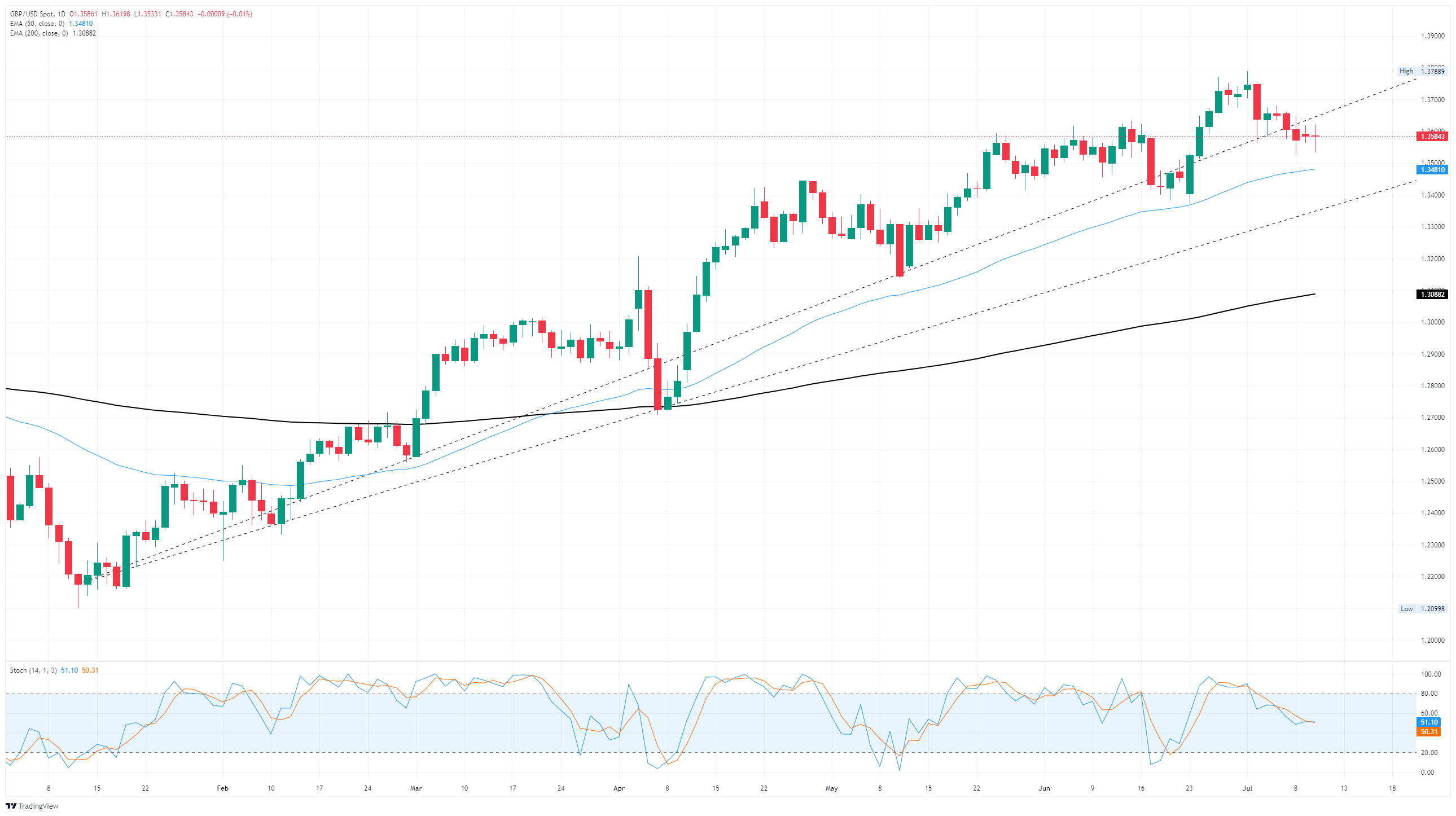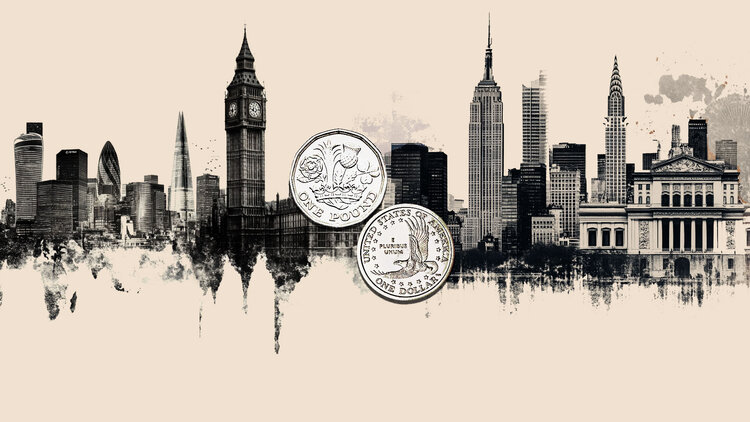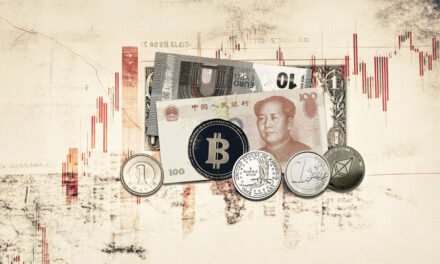- GBP/USD cycled familiar territory on Thursday, chugging along near 1.3600.
- Market pressures have cooled through the midweek after tariffs weighed on sentiment.
- The data calendar remains a tepid affair through the remainder of the trading week.
GBP/USD churned chart paper in familiar territory through Thursday, cycling through the same block of intraday levels near the 1.3600 handle. Broad-market sentiment recovered from fresh tariff woes early in the week, but investors continue to bank on a broad walkback (or further suspensions) of tariffs threatened by US President Donald Trump.
Friday brings a thin cluster of mid-tier data to close out the trading week. UK Gross Domestic Product (GDP) figures for the month of May are due early in the London market session at 06:00 GMT. However, the backdated figures are largely expected to show a thin recovery in already-meager numbers, and market impact will likely remain limited.
With reciprocal tariffs delayed until August 1, investors are banking on the Trump administration finding a reason to further delay or suspend both the reciprocal tariffs package initially announced in April, as well as a fresh batch of tariffs aimed at specific countries and sectors announced throughout the first half of the week. Market participants remain confident that the brunt of Trump’s tariff threats won’t come to pass, and trader confidence is inching higher as inflationary pressures from the tariffs that Trump has managed to enact remains tepid at best.
GBP/USD price forecast
GBP/USD continues to churn at the lower end of a near-term pullback after backsliding from multi-year highs near 1.3800 at the beginning of July. Price action has since tilted downward; however, Cable continues to trade on the north side of the 50-day Exponential Moving Average (EMA) near 1.3470. Technical oscillators have eased back from overbought conditions, but near-term downside momentum could still have room to run.
GBP/USD daily chart

Pound Sterling FAQs
The Pound Sterling (GBP) is the oldest currency in the world (886 AD) and the official currency of the United Kingdom. It is the fourth most traded unit for foreign exchange (FX) in the world, accounting for 12% of all transactions, averaging $630 billion a day, according to 2022 data.
Its key trading pairs are GBP/USD, also known as ‘Cable’, which accounts for 11% of FX, GBP/JPY, or the ‘Dragon’ as it is known by traders (3%), and EUR/GBP (2%). The Pound Sterling is issued by the Bank of England (BoE).
The single most important factor influencing the value of the Pound Sterling is monetary policy decided by the Bank of England. The BoE bases its decisions on whether it has achieved its primary goal of “price stability” – a steady inflation rate of around 2%. Its primary tool for achieving this is the adjustment of interest rates.
When inflation is too high, the BoE will try to rein it in by raising interest rates, making it more expensive for people and businesses to access credit. This is generally positive for GBP, as higher interest rates make the UK a more attractive place for global investors to park their money.
When inflation falls too low it is a sign economic growth is slowing. In this scenario, the BoE will consider lowering interest rates to cheapen credit so businesses will borrow more to invest in growth-generating projects.
Data releases gauge the health of the economy and can impact the value of the Pound Sterling. Indicators such as GDP, Manufacturing and Services PMIs, and employment can all influence the direction of the GBP.
A strong economy is good for Sterling. Not only does it attract more foreign investment but it may encourage the BoE to put up interest rates, which will directly strengthen GBP. Otherwise, if economic data is weak, the Pound Sterling is likely to fall.
Another significant data release for the Pound Sterling is the Trade Balance. This indicator measures the difference between what a country earns from its exports and what it spends on imports over a given period.
If a country produces highly sought-after exports, its currency will benefit purely from the extra demand created from foreign buyers seeking to purchase these goods. Therefore, a positive net Trade Balance strengthens a currency and vice versa for a negative balance.







